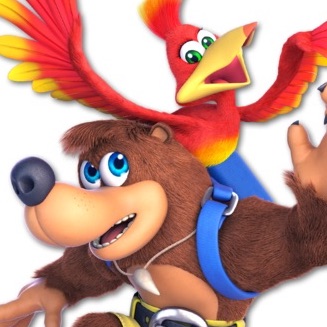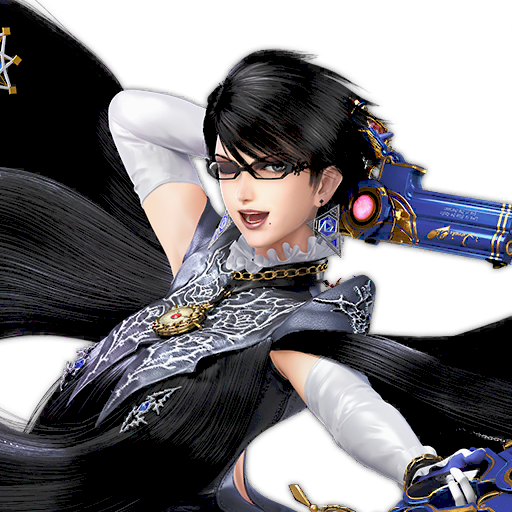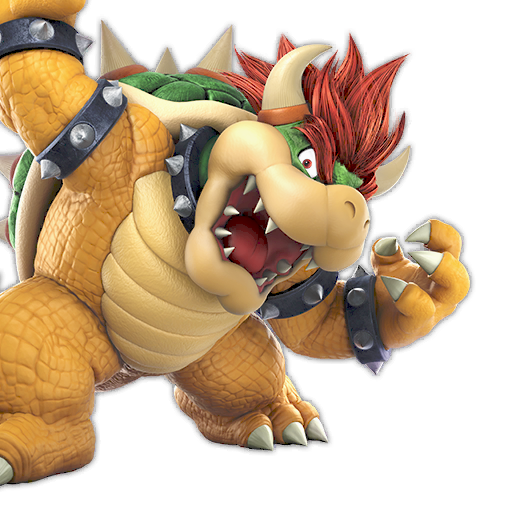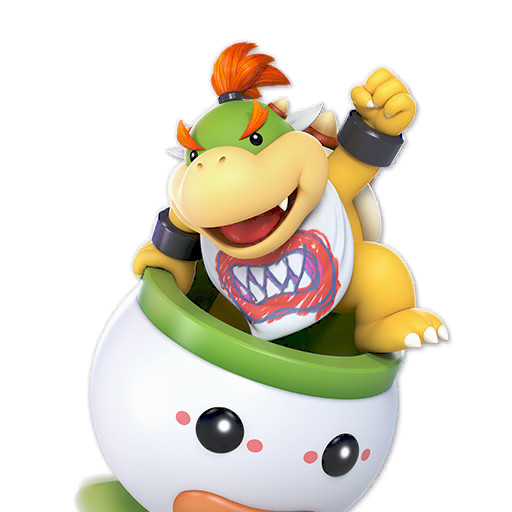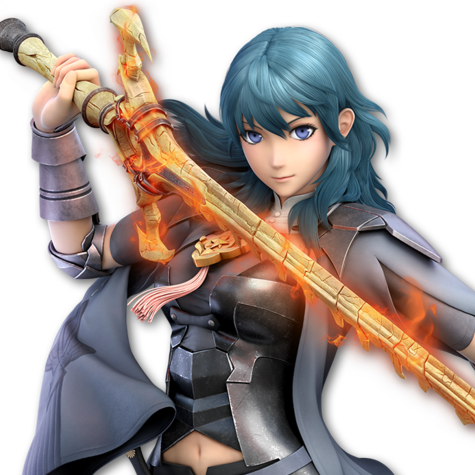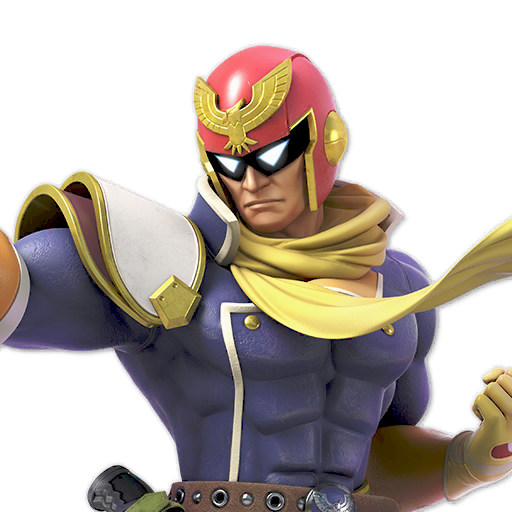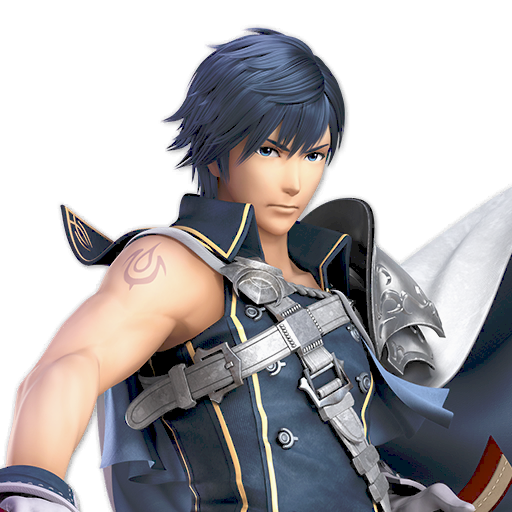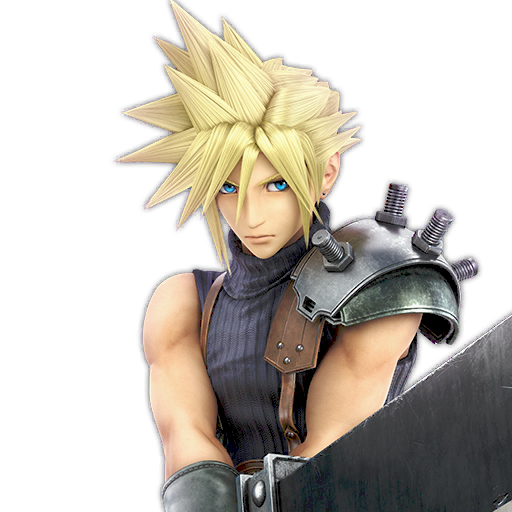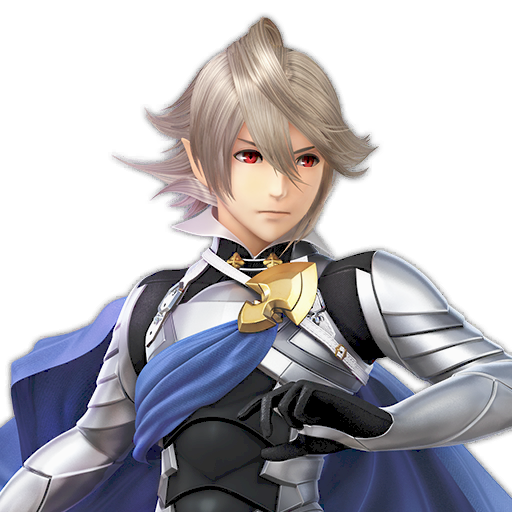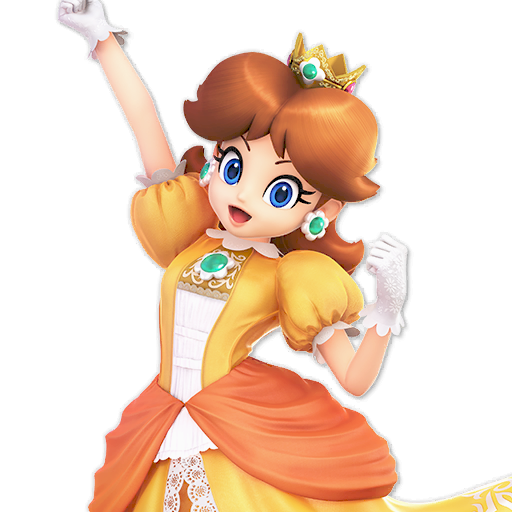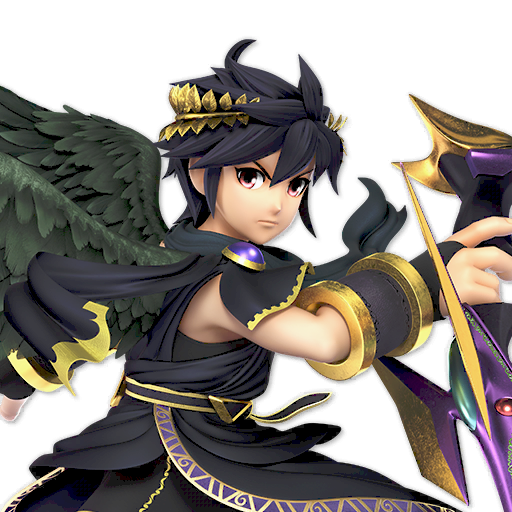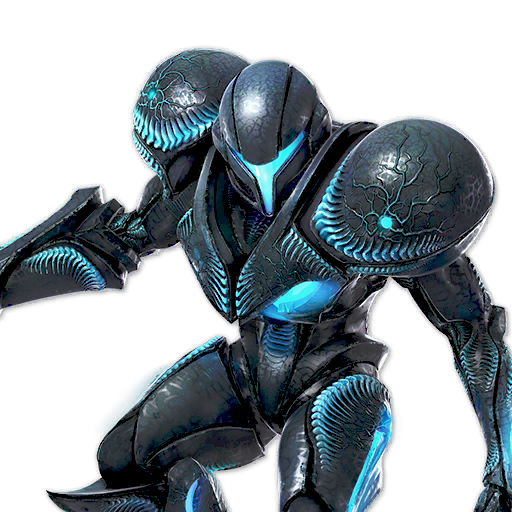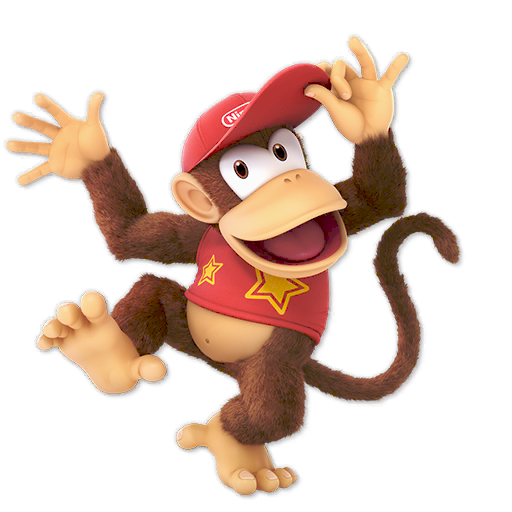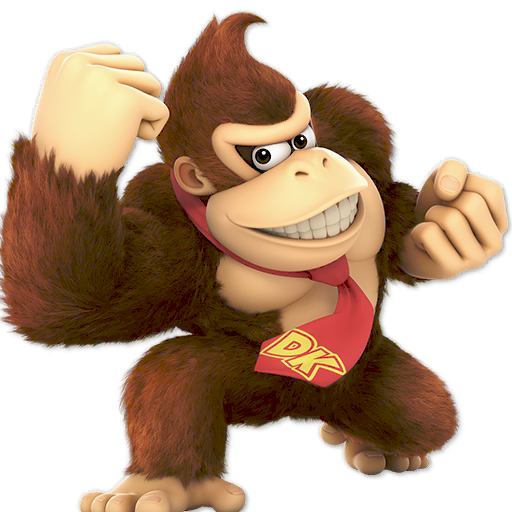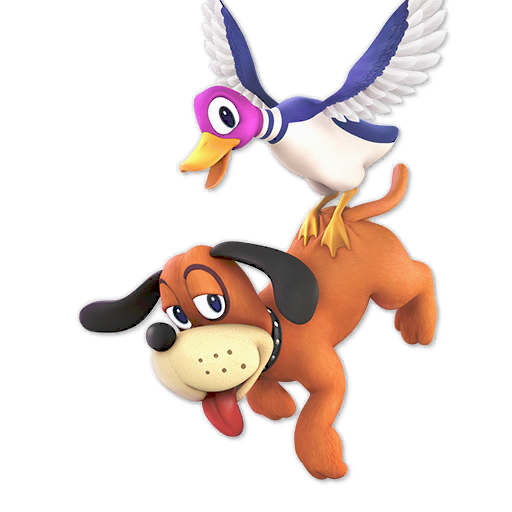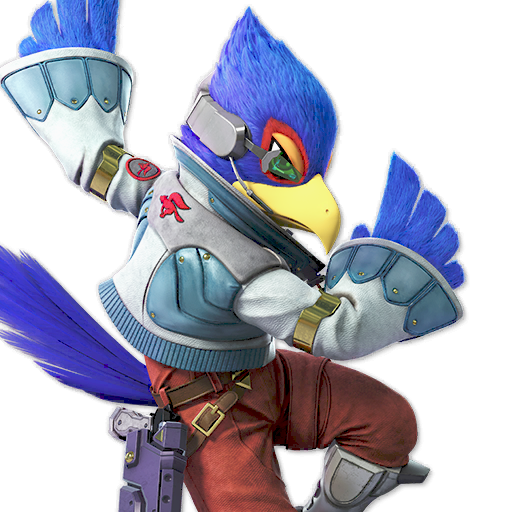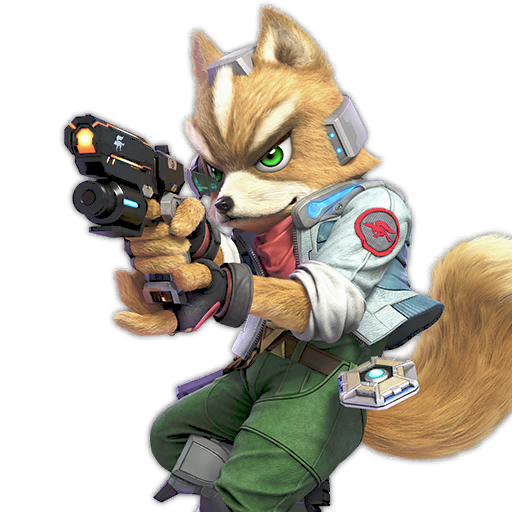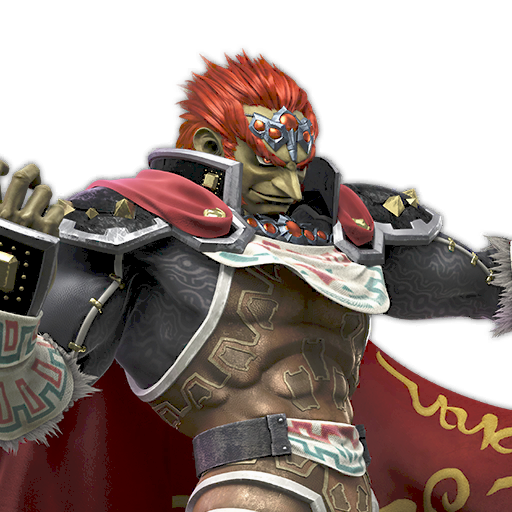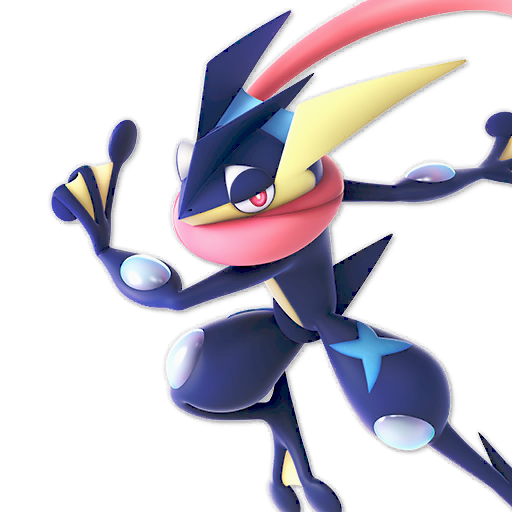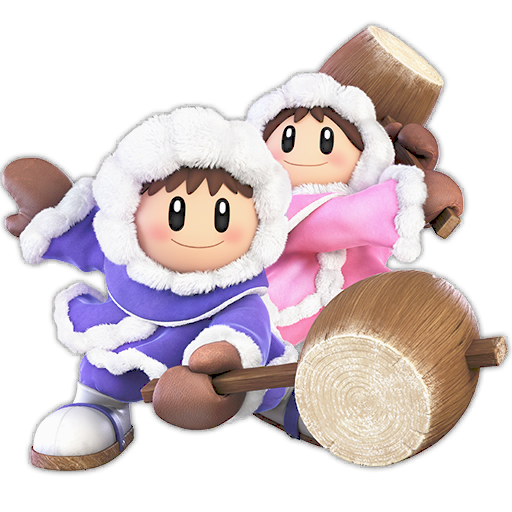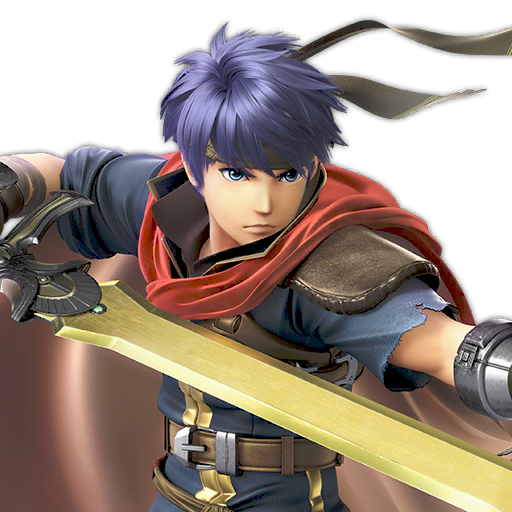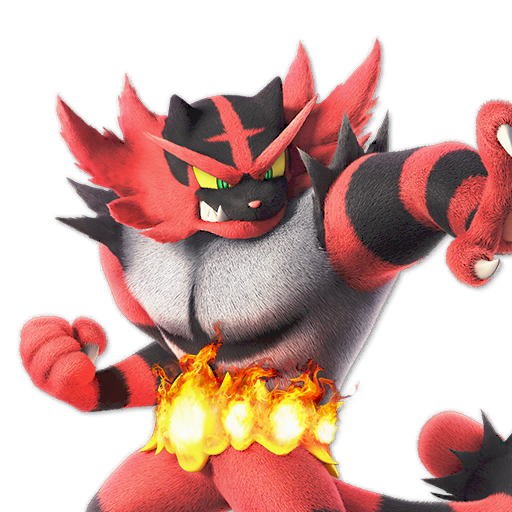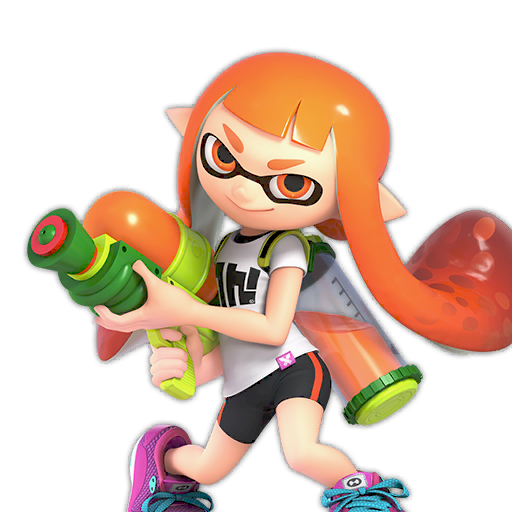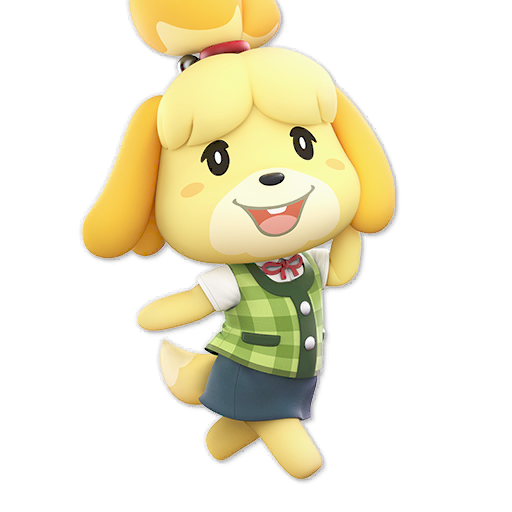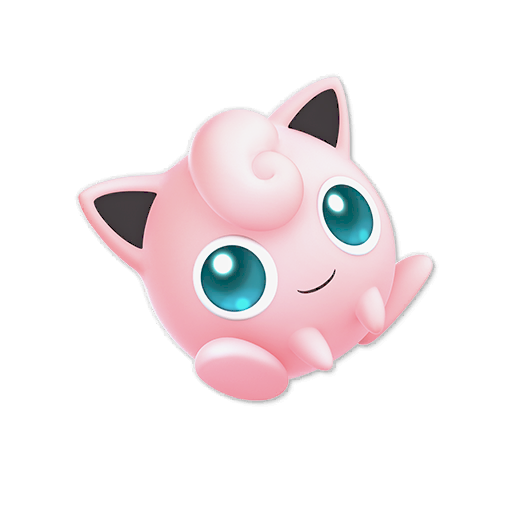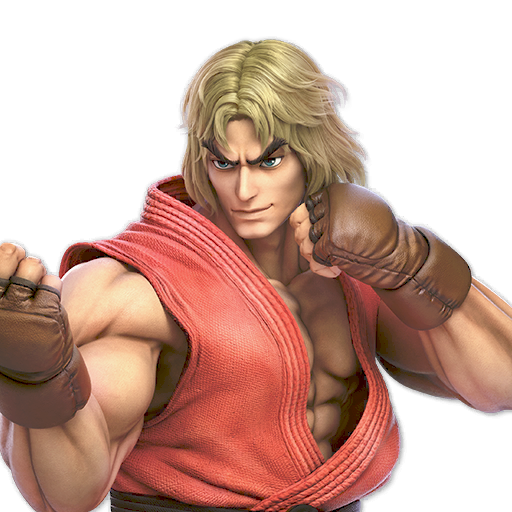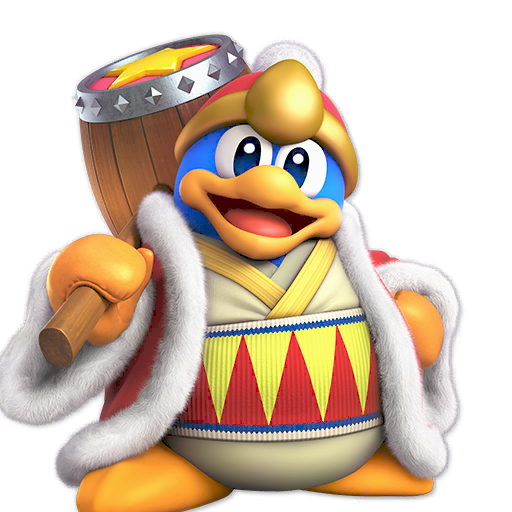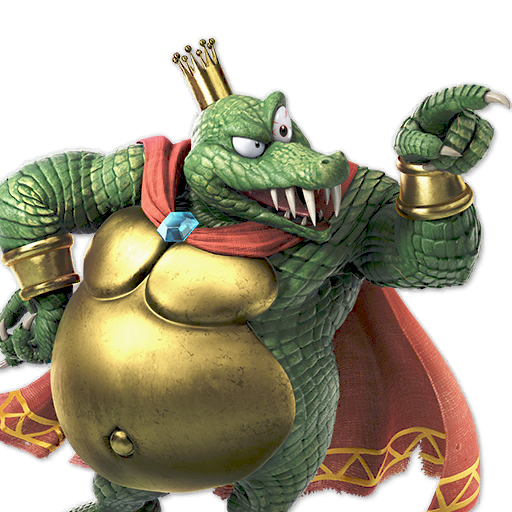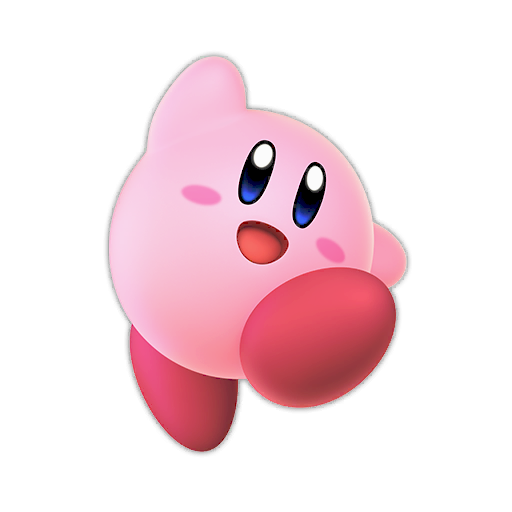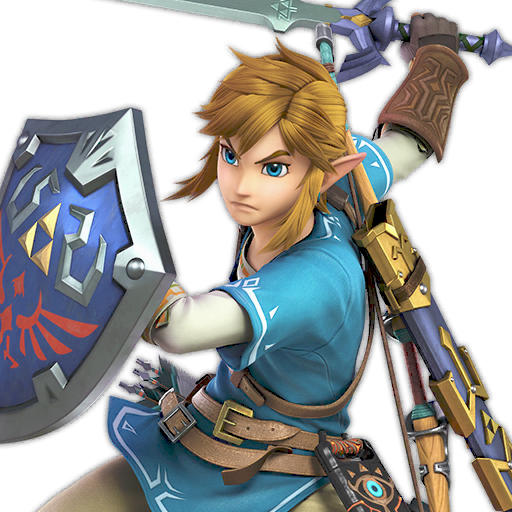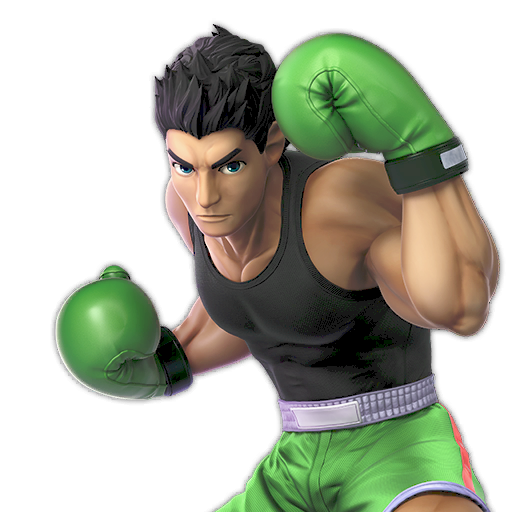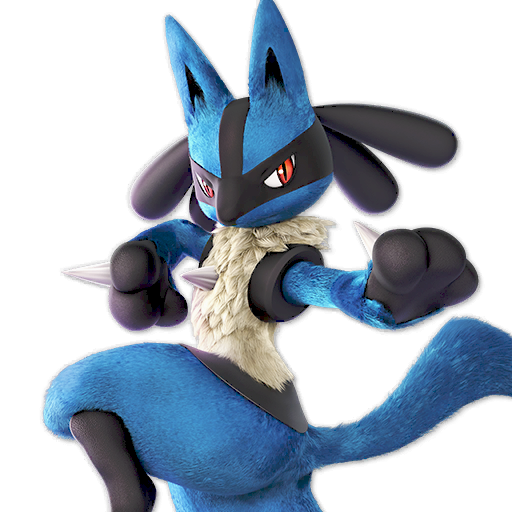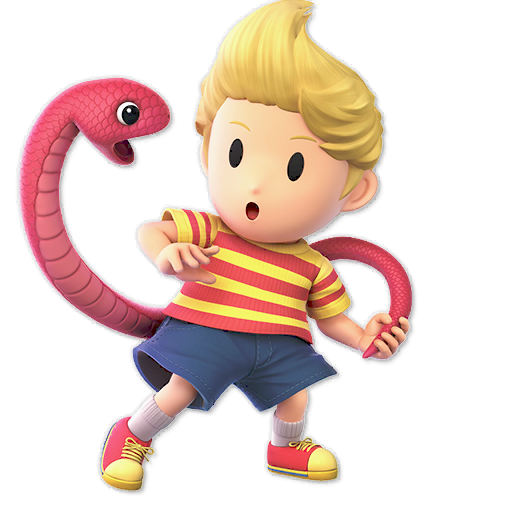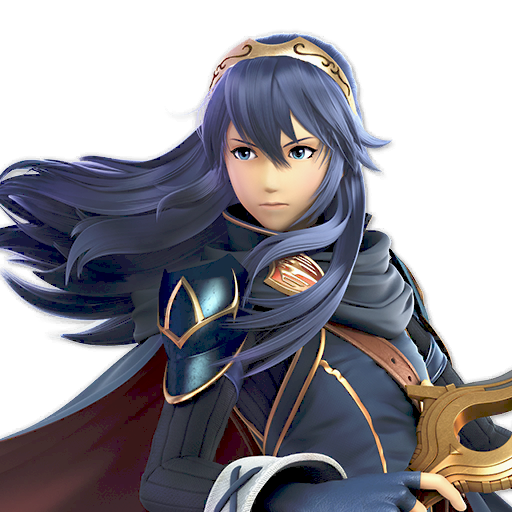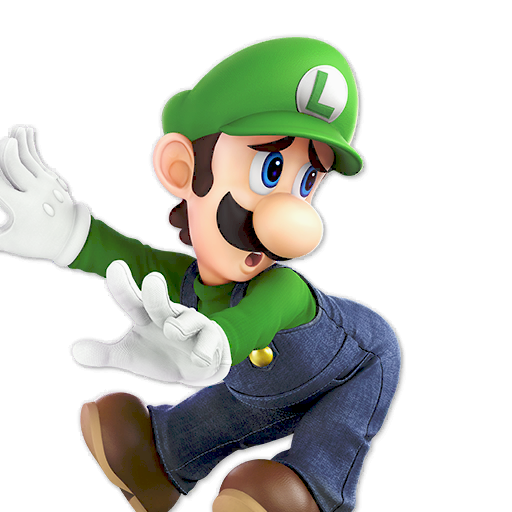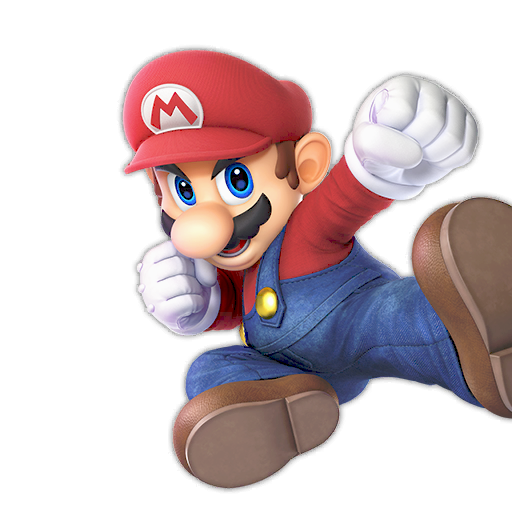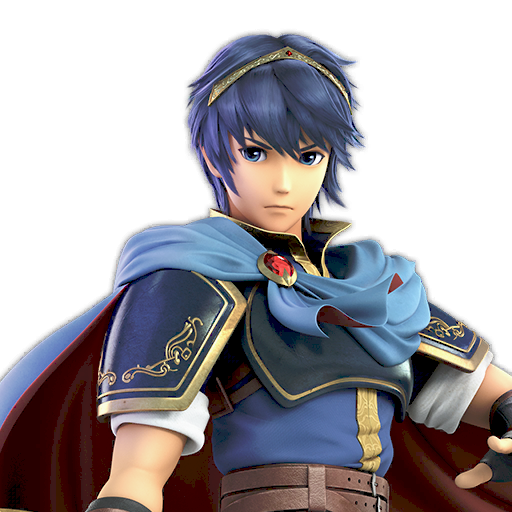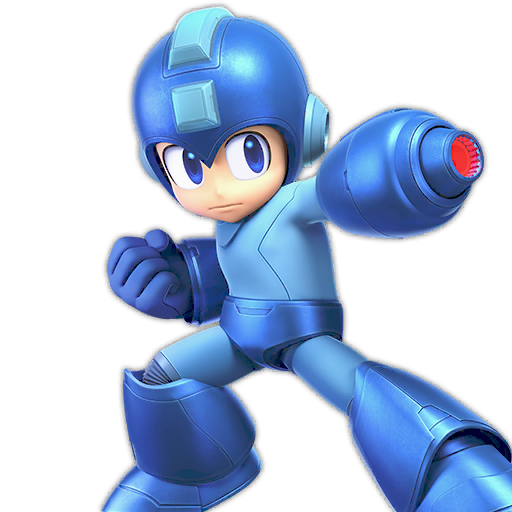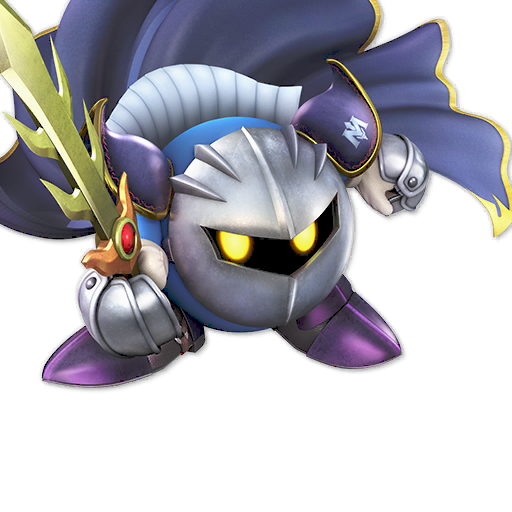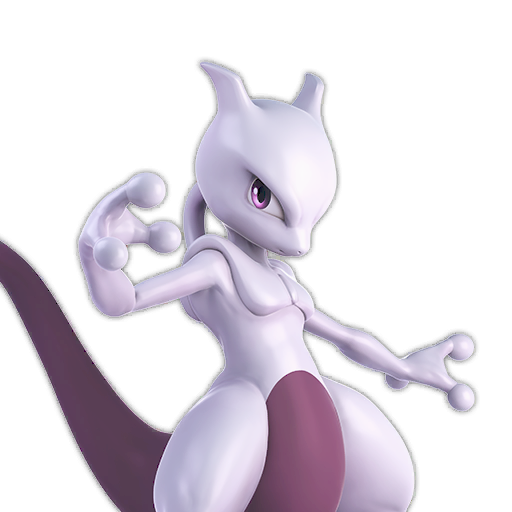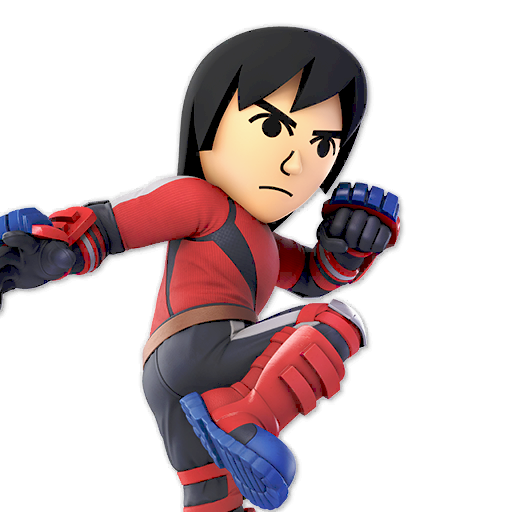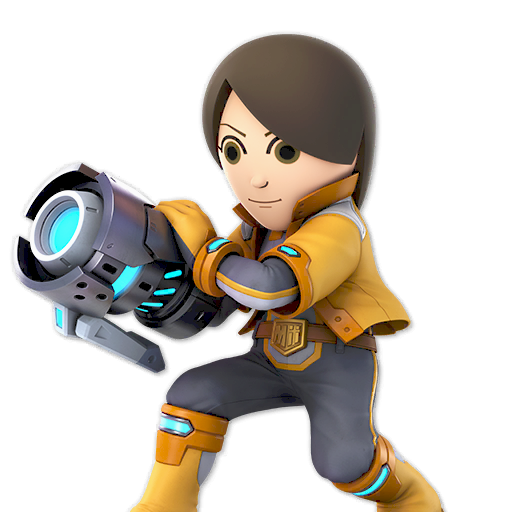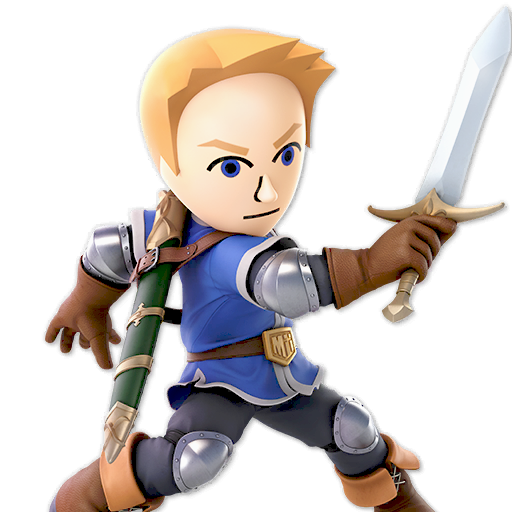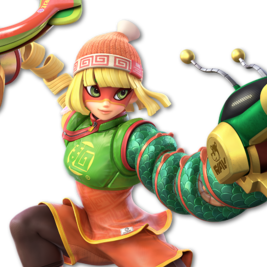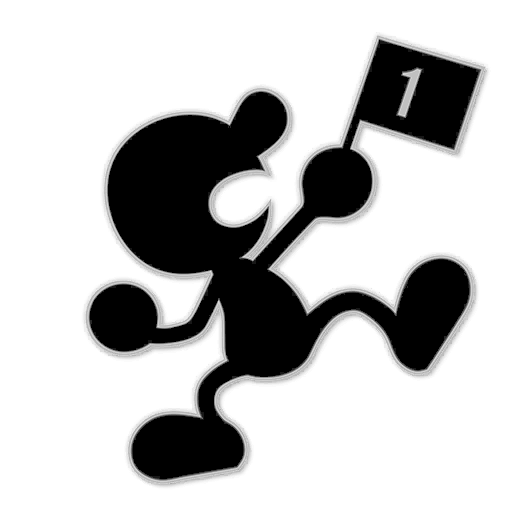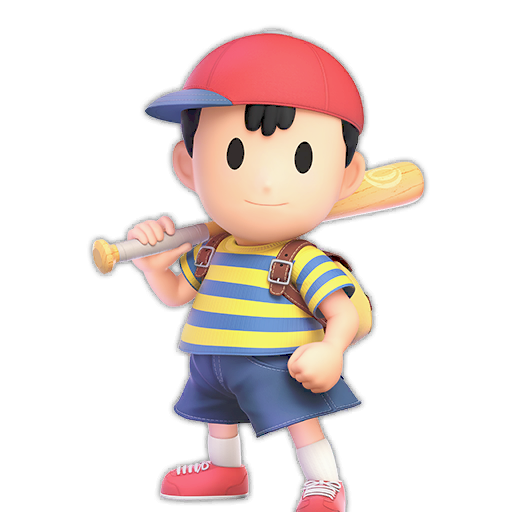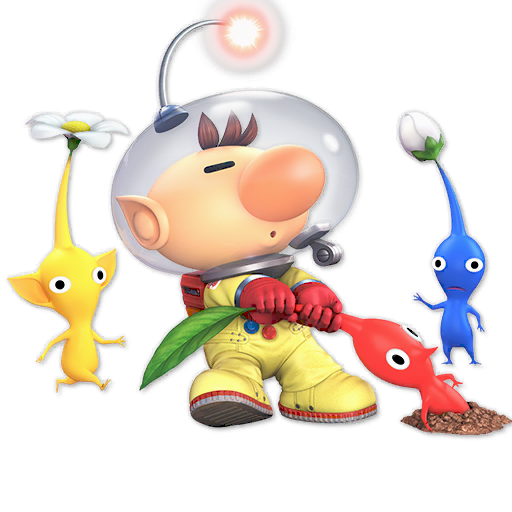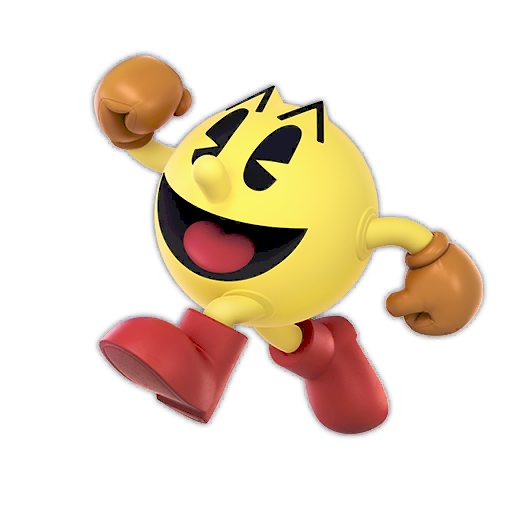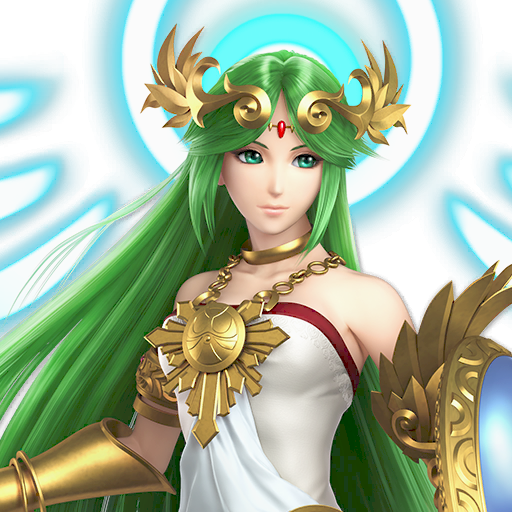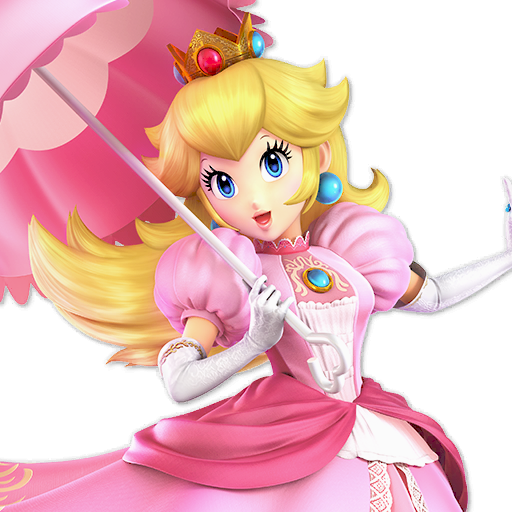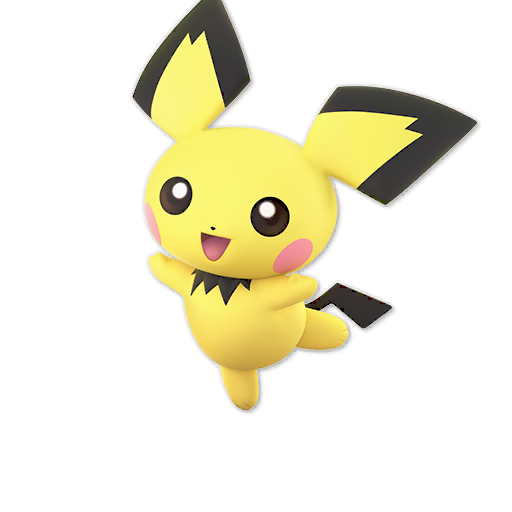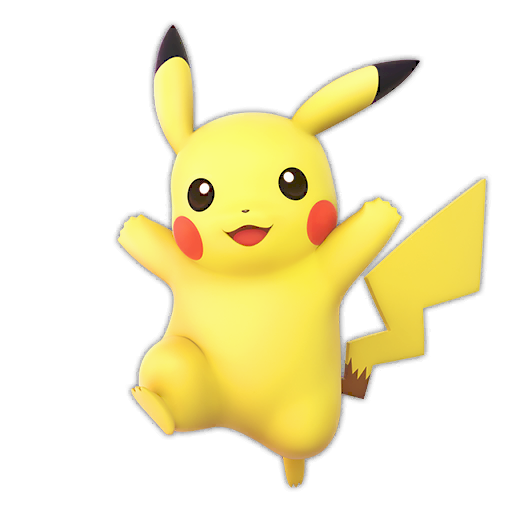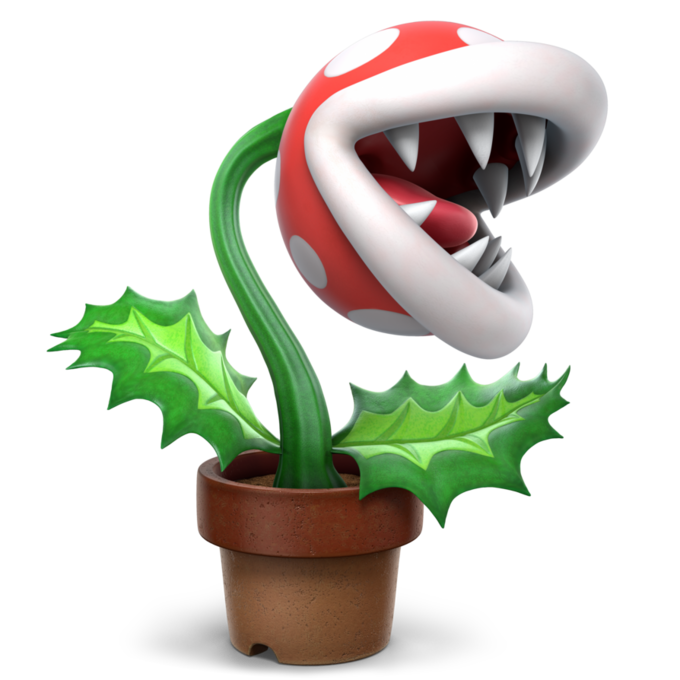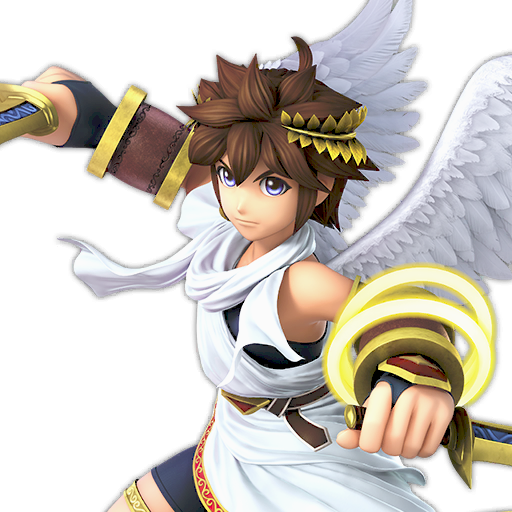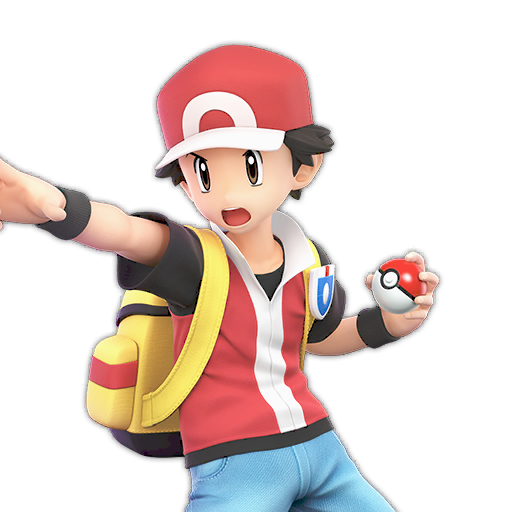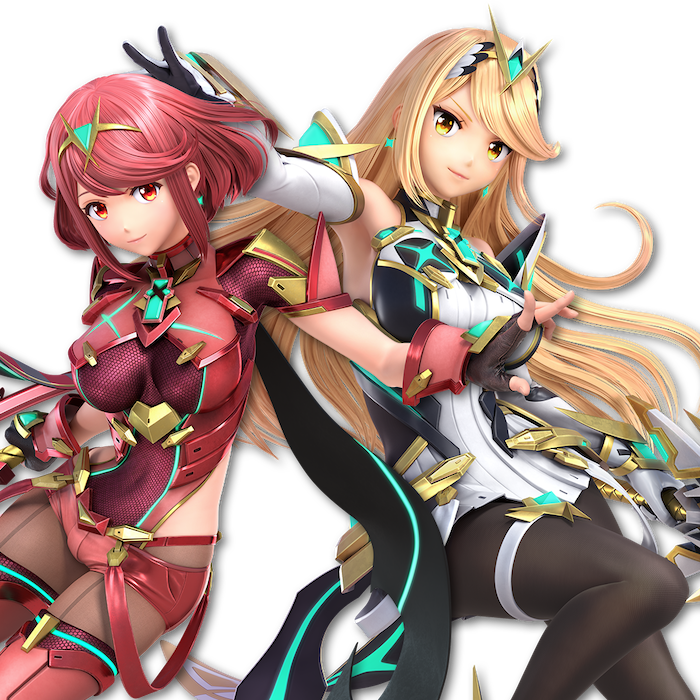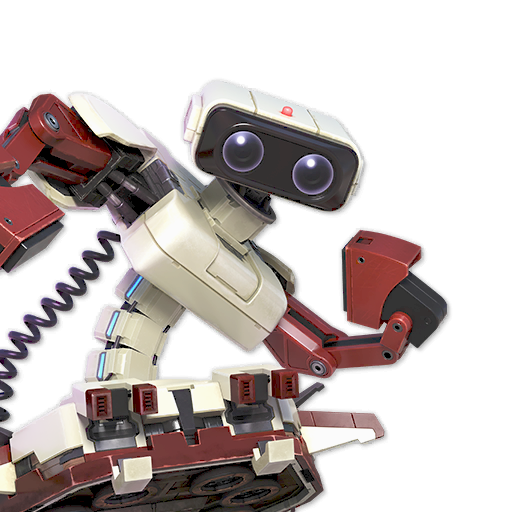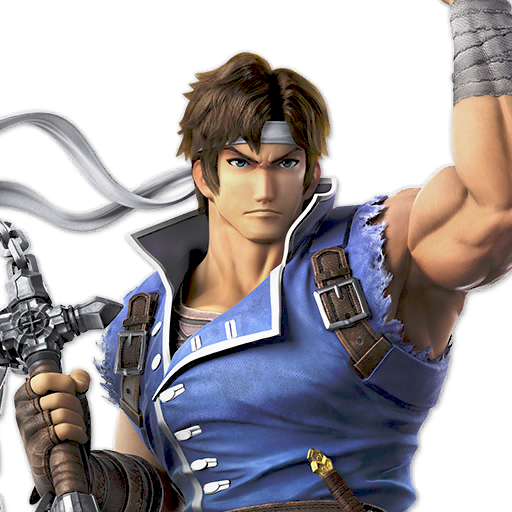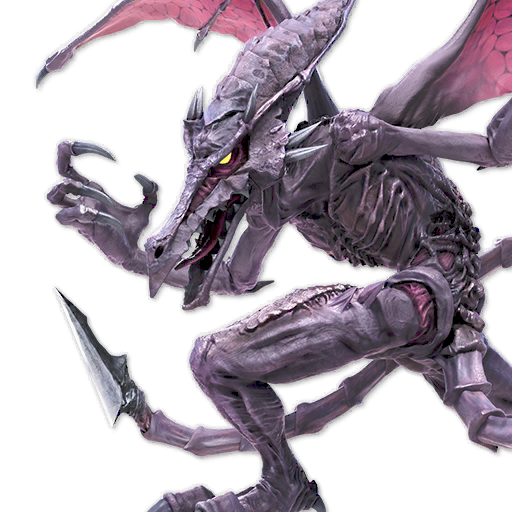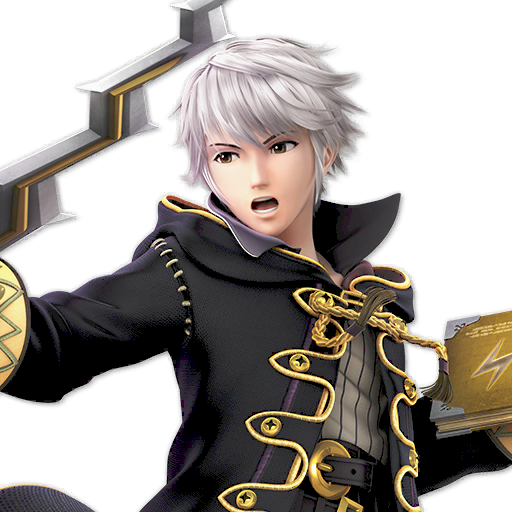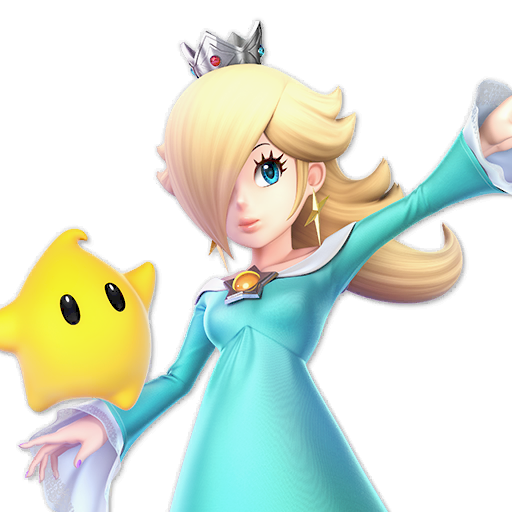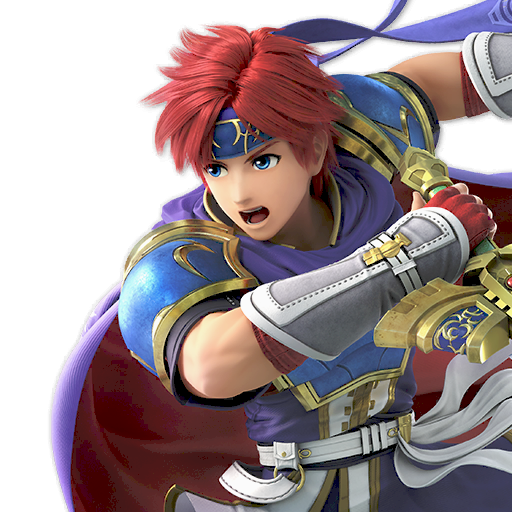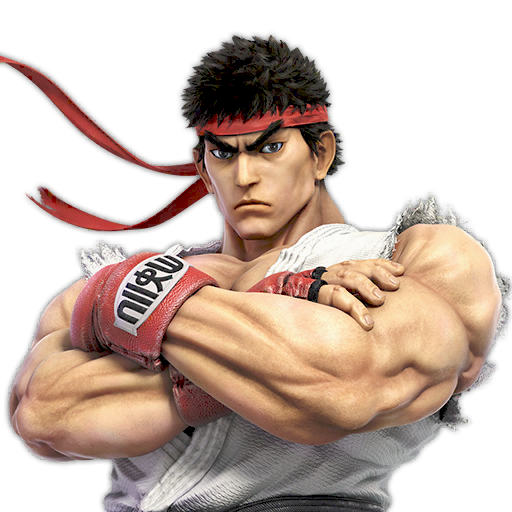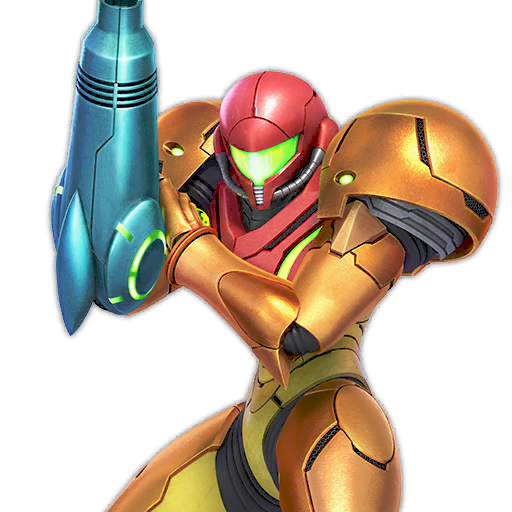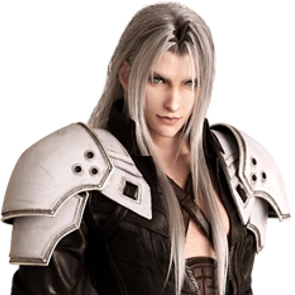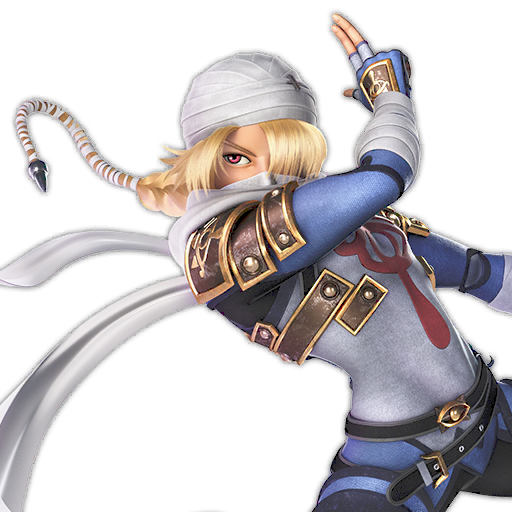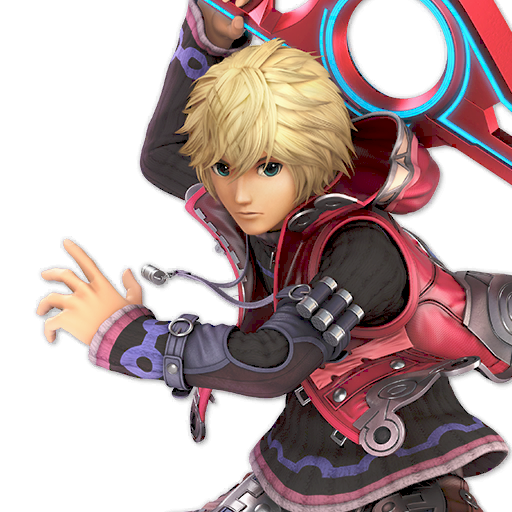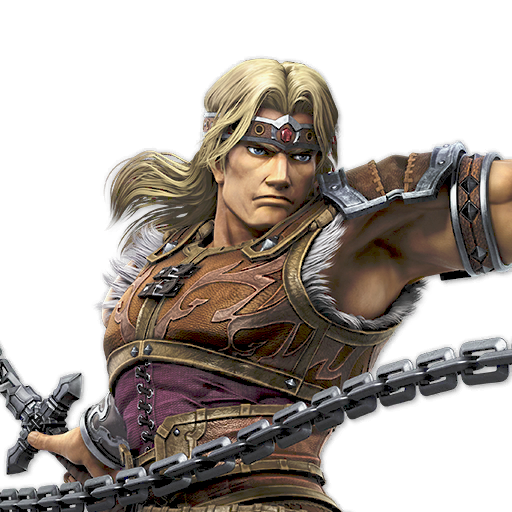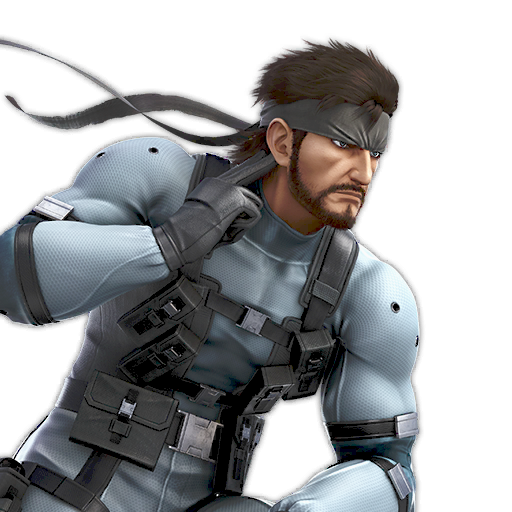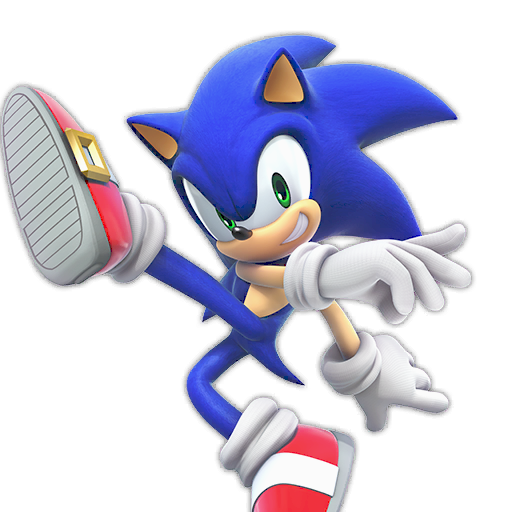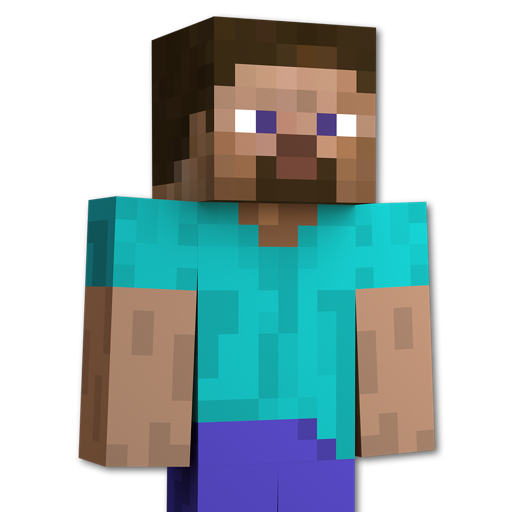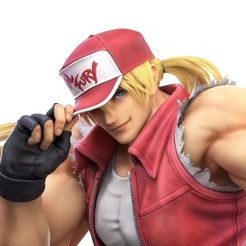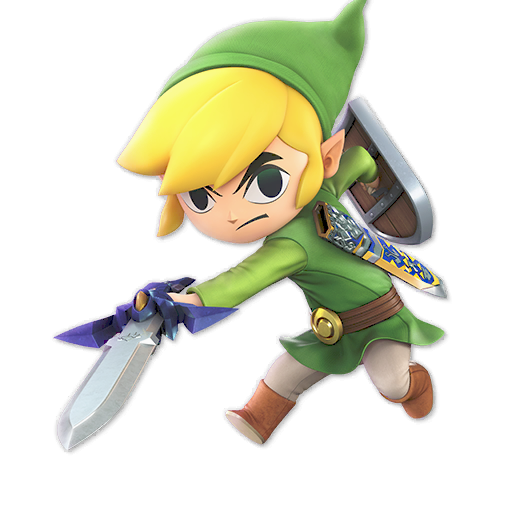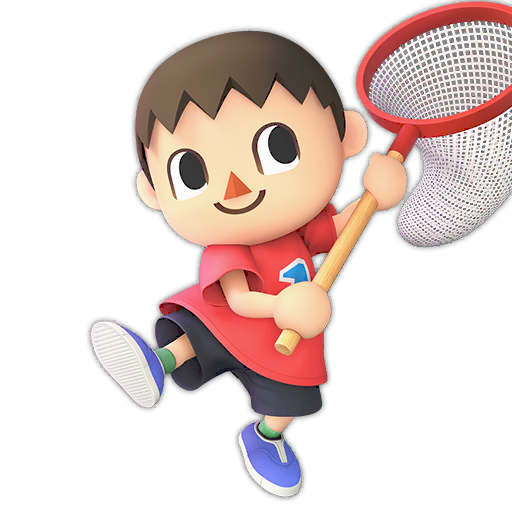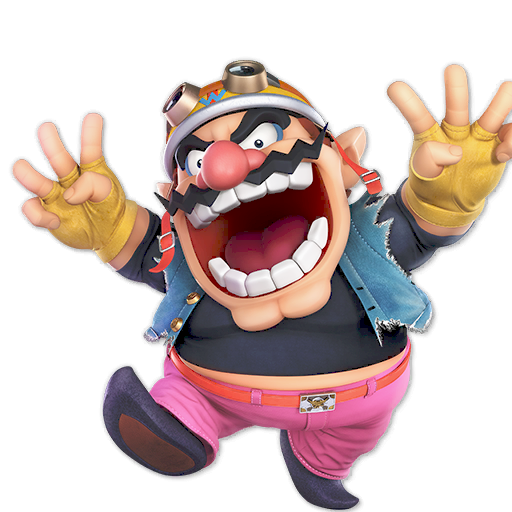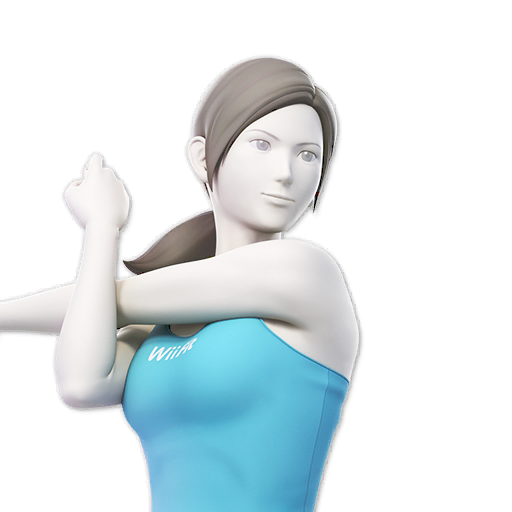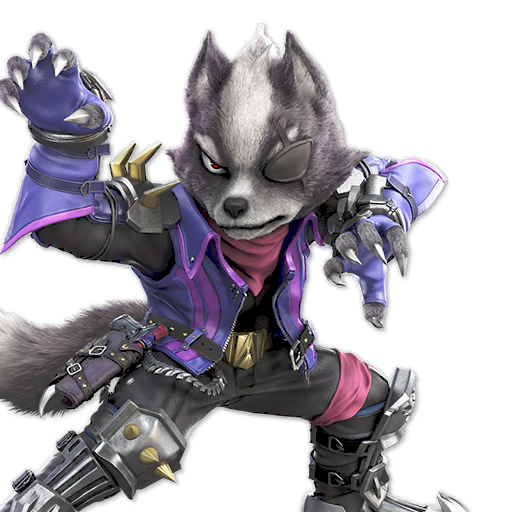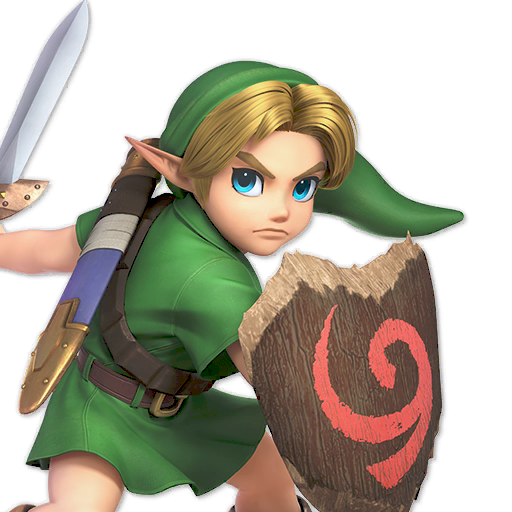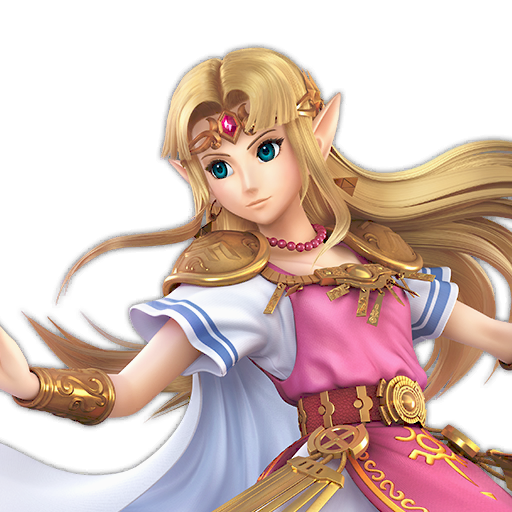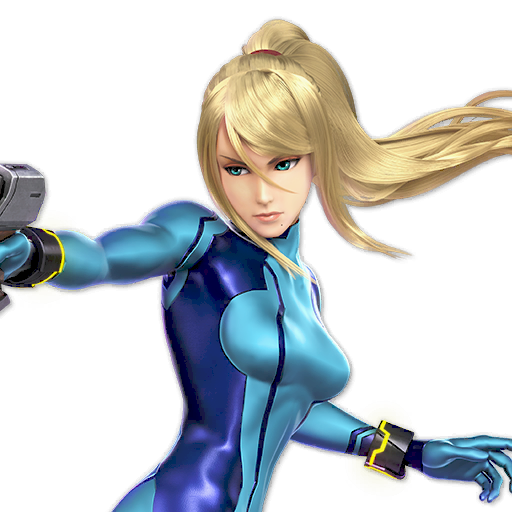Getting Sponsored
Hey guys!
Let me get to the heart of the subject: joining/getting picked up by a professional team/organization, and getting sponsored in the world of eSports (more specifically Smash). It's no secret that everyone wants to be sponsored. It shows you've reached new heights, you've grown in the community, and that you've become a high level player and/or community member. There's always been a lot of "hush hush" about this topic, and this pisses me off to no end. A lot of players deserve to be part of a team, and deserve to get the professional recognition they deserve.
However, there is one cold hard truth about it that I need to be upfront about:
99% of the Smash community will never be sponsored.
We are part of a competitive community, where everyone wants to be the best. Therefore, not everyone can reach that top level. Makes sense right? Well, to put it in better terms:
The only way to get sponsored is to reach that 1% of the community that can be sponsored.
That means that while many will grow, others will fall and be unable to reach their desired goal. It's a natural consequence of competition, but it is one you have to deal with. Always look for improvement, never back down.
Getting sponsored is no easy feat. There’s a lot of nuances that go into it, and there’s also a lot of things one must do in order to be a valuable asset of an organization. There’s two main methods of getting sponsored:
- Becoming a top player (PGR/MIOM)
- Being an active high level player and community member
Both may seem identical, but let me explain it further:
When you’re a top player, you consistently get great results, and are always on stream, or talked about on social media. Therefore, teams/orgs are naturally gravitated towards you, and want to pick you up on their team. Seeking teams (or waiting for one to contact you) becomes a lot easier, and a lot less stressful. That’s the “easy” way to get sponsored, but only 0.1% of the community will be in that spectrum.
The “hard”, and more common method of getting sponsored is being both a high level player AND an active community member.
Look at it this way: there are only a few top players, but there are TONS of high level players. These are players that, while may not be consistently in Top 8 of majors such as EVO/CEO and such, they will always be present in Top 16/32/64 and such. Every single one of these players can beat each other in bracket, and at any point can one of these players become top players. So orgs won’t come directly to them, they’ll wait for those players to prove themselves and contact said teams/orgs. Again, it’s a competitive meta: you’re not given a reward. You earn it.
There are 3 vital points towards earning a sponsorship:
- Getting consistent high placings (both in your region and out of region)
- Having an active social media presence (Twitter/YouTube/Twitch)
- Being an active member in the community (whether it’s on a global or smaller scale)
Now, let me go over each point in detail:
The first is obvious: if you want to be sponsored, you have to be good. Teams don’t care about players that never do better that 2-2 at their locals, and never travel out of their region. They want players that can go out and represent their brand, and constantly strive for success. If you want to be sponsored just for the sake of being sponsored, then stop reading this document right now because that will never happen. Orgs put time, money, and effort into their players, and if you don’t give back that same amount of energy, they simply won’t give a shit. So start placing high at your locals, get on your PR, and start travelling out of region. If you don’t do that, you’ll probably never get sponsored.
The second point is a lot harder to understand, and ignored by many players, so let me go over it as well. Being a good player is great. But if you never say a single word outside of tournament, then there isn’t really a point to have you represent a team or org. Something crucial to remember is that you, as a player, are a representation of the team you’re a part of (for a lack of better terms). You’re the image of said org, and your words/actions affect them as well. So while being active on social media is important and crucial, you need to be mindful of who you are online and how you act. Constantly swearing, insulting others, and causing drama won’t get you sponsored. Not interacting with the community won’t get you there either. You have to maintain a professional image (again, the whole idea of being “esports”). Having an audience is important as well: if you only have 50/100 followers on Twitter, no one’s going to really pay attention to what you say. Start growing on there. Start streaming as well: sponsors LOVE streamers, as they interact with their community for hours, and act as a constant source of advertisement. That’s why you’ll often see teams like Noble, Insomnia and such tweet out when their streamers are live, as they’re constantly active and representing the brand. Same goes for YouTube: they’re always producing content. You don’t have to be active in all three domains, but being on top of things in at least one (preferably Twitter) helps immensely. It doesn’t even have to be with the general Smash community: be active with your local scene, with your character’s discord, etc. Once you start somewhere, the rest will grow naturally.
Finally, the last point is the most obscure of all, and encompasses the previous two. Be active in your scene. Do something outside of playing. Show people you are a figure worth following. Show teams and organizations that you’re worthy of being picked up by. There’s a lot of amazing members of this community, but only some of them can reach that level. Be that person. Work for it.
Now that’s the process of being sponsored, and the work that goes into deserving one. But what about teams themselves? What do organizations offer for you? What does TSM, C9, IMT, CLG, Liquid, and other orgs do for their players? Well, let me break it all down.
There are three tiers of teams/organizations:
TIER 1 – High & Top level teams & organizations (TeamSoloMid, Cloud9, etc.)
TIER 2 – Regular teams & organization (Insomnia eSports, Virtue eSports, etc.)
TIER 3 – Startup teams & organizations (Platinum City Gaming, Underworld Gamez, etc.)
The first tier of sponsorships is what the top players will have. These are the cream of the crop, the best of the best. These teams will typically have a large amount of games under their belt (LoL, CSGO, Smash, Hearthstone, etc.), but have very few Smash players on the team (one or two, sometimes three). They typically offer the following for their players:
- Salary
- Guaranteed flight, hotel, venue, and entry fee
- Equipment (controllers, headsets, etc.)
- Jersey
Having a sponsorship of this caliber basically shows that this is your profession. These players will typically be full-time players and streamers, and will constantly be working in the field of Smash. These are folks like ZeRo, VoiD, ESAM, etc.
The second tier of sponsorships is what the majority of players have or will get. They’re the meat of competitive leagues, and are the ones constantly rising to the top. These teams will have a few games under their belt (usually focusing on a single one like LoL or CSGO, and having other games as “secondaries”), and usually have a large amount of Smash players on their team (usually between 3-5, but they may have very little or none at all as well). They usually offer:
- Guaranteed venue and entry fee
- Occasional flight and hotel depending on event & location
- Jersey
This is what most players will aspire for when looking to get sponsored. It gives them the best chance to travel more, and the best opportunity to reach the higher levels of competition. The benefits from teams vary, so don’t expect the same offer from every single team out there. Some examples of players with these kinds of sponsors are Cagt, Naoto, dekillsage, etc.
The third and final tier of sponsorships are the start-up teams/organizations, or local venues. These are the easiest to acquire, and help you on a local and regional level, but not really on a national level. They’ll usually be focused on Smash only. They usually offer:
- Venue and entry fee for regional events
- Jersey
Again, these usually don’t hold much significance on a national scale, and simply advertise your favorite venue. Some of these lower tier sponsorships will sometimes give more benefits to their players if the venues are well known (House of 3000, PowerUpGaming, 2GG), but these are more outliers (Tier 2.5 sponsors if you will). Some examples of players with these sponsorships are John Numbers, Vash, Devon3000, etc.
Remember that unless you are a top player, teams and organizations will NOT contact you directly. You need to do your research and contact THEM in order to join them. This means two things (both being very easy to do and/or acquire):
- Having a resume with your best results, achievements, etc.
- Having a solid idea of what you want out of the team/organization
Having a resume in the world of eSports is ESSENTIAL. When you’re looking for teams and organizations, you’re basically looking for a job. You, the player, act as an employee of the company (in this case, the team/organization), and the company pays you in some fashion. Let’s say you want to work for Apple: you’ll want to have a solid resume right? Put on your best show? It’s the exact same deal here. And once you work at said company: you want to represent it in the best light possible. It’s the EXACT same thing in eSports. A Smash resume has 3 essential types of information on it:
- Your personal information (photo, cover photo, name, tag, phone number, email, and location)
- Your best tournament placings (monthlies within your region, as well as regionals, majors, etc.)
- Your best achievements (PR placements, being best x player in your region/US/world, etc.)
Your personal info is obvious. They want to know who you are, how to contact you, where you live, etc.
Your results show your peak performance. No one cares about weeklies, as those are small tournaments that hold little importance and value on a grander scale. They care about the bigger tournaments, the ones everyone are at: either in-region monthlies and regionals (GUMS and Invasion in NE, XenoSaga in Tristate), or larger national tournaments (EVO, CEO, Smash Con, Big House, Genesis…). If you place high at those tournaments, they assume you place very high at your locals as well (which you should be anyways).
Your best achievements are harder to pinpoint, so let me elaborate a bit. If you’re a PR player, great! Put that on your resume. However, if you’re the best Mario player in your school for example, do not put that on there. Again, it’s the same deal as your results: think big. Being the best Mario in your college doesn’t mean shit when travelling. However, being the best Mario in New England, or being a Top Mario in the US/World means a LOT, as it shows many players look up to you, and that you’ve proven yourself to be at that level. A resume promotes you in the best way possible, so make sure to fill it up with as much relevant information as possible. It MUST stay as a single page however, just like a traditional work resume.
Finally, let me go over your specific needs, and what to look for in an organization. Just like when they ask you “why do you want this job specifically”, or “why are you interested in our company”, you need to be clear as to why you want to join said team/organization. If you’re just diving in the world of sponsorships, and are looking for a basic team/organization, there are two things you should always look for:
- Financial support
- Social media growth
If you’re going to represent someone, you need to travel. But you don’t have enough money to travel often, so who should be the one helping you get there? Your sponsor. If you’re looking for Tier 3 teams/orgs, they probably will only offer venue and entry fees for regional tournaments. If you’re looking at Tier 2 teams/orgs, you’ll want guaranteed venue and entry fee coverage, as well as flight for major tournaments (hotels are easier to find cheaper options, but having your sponsor cover it is always a nice plus). Tier 1 teams/orgs will always give you the above guaranteed, so your next concern there should be a salary. I’m not too familiar with salaries in eSports, so I cannot help you much there.
As for social media growth, it’s similar to financial support. You can only get so popular and so big on social media by yourself, so you’ll need a team/org to help you get there. They will always have more followers than you do, so they’ll help reach a bigger audience, and will grow your overall social media presence. Now, how do you look for a team or organization? What do you look up? Thankfully, this is the easiest part of it all. At this current time or writing, to my knowledge, there are little to no dedicated Smash teams. There are plenty of organizations dedicated to Smash (2GG for instance), but not really a “Smash team”. Teams like TeamSoloMid, Cloud9, etc. got to where they are because of games like LoL, CSGO, etc. Same for smaller teams like Insomnia eSports and Virtue eSports. So who should you look for then? Look through various leagues in LoL and CSGO. Don’t narrow your search to just the teams you’ll see at LCS: look around. Look up leaderboards, communities, etc. Once you find a team, look at their website, look at their twitter, etc. See how many followers they have, how active they are, who’s on the team, etc. This’ll give you the best idea of how big said team/organization is.
Typically, these are the amount of followers each tiers of teams/organizations will have:
TIER 0 – 100k+ Followers
TIER 1 – 50k – 100k Followers
TIER 2 – 5k – 50k Followers
TIER 3 – Less than 5k Followers
Again, this is all an approximation, but it is a good range to look back on. If a team has about the same or less followers than you, you shouldn’t be joining them, as they can’t really help you grow as much. On the flipside, if a team has WAY more followers than you (you having 300, and them having 15k), then you may be aiming too high there. A good trick I’ve learned is when contacting teams/orgs, approach it the same way as you would for college: have your safe picks (one or two Tier 3s you’re almost guaranteed to get accepted in), your regular picks (a bunch of Tier 2s), and a few dream picks (one or two Tier 1s). This’ll give you the best chance to get sponsored. From there, find an email, twitter DMs, or whatever preferred method of communication they have, and talk to them about potentially joining the team with you resume attached. Again, it’s the exact same process as finding a job. You’re going to go through a lot of trial and errors, interviews, etc. But in the end, it’ll all be worth it.
Phew, that was a lot to read, wasn’t it? The path to success and sponsorships is a long and hard one, and doesn’t come easily. You need to put in the work for it, and have the dedication for it. There’s a reason I’m not going to include a TLDR for this document: I’m not giving anyone a shortcut to success. I’m giving you the tools and information needed to get a sponsorship. The rest is up to you.
I will leave this document open to the public for all to see and share around. If you have any questions or concerns about anything, feel free to contact me. I’ve gotten multiple players sponsored so far, and am working on getting many more sponsored as well. If we want Smash to reach the competitive heights it deserves, we NEED to put in the work for it. If you want to become sponsored, you have to put in the work for it. Simple as that.
Thank you for reading everything up to this point. Hopefully now you all have a much better understanding of what it takes to be sponsored, and how to join a team/organization. This is the fruition of months and months of observation, research, and analysis, so make sure to save it somewhere for reference. A lot of this information is hard to come by and/or understand, so I did my best job to make it understandable for everyone (while sacrificing conciseness). Good luck, and see you at the top!
Cagt (@Cagt3000)
This blog post was written by a SSB World community member. Share your Smash 4 knowledge by creating your own blog post now.
Share your feedback:
You must log in to comment.

